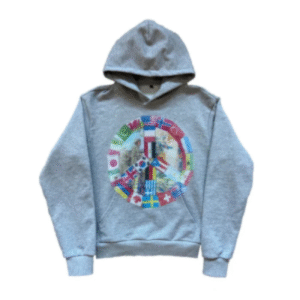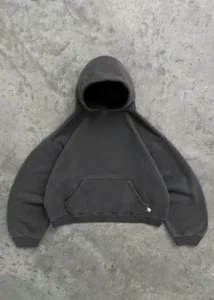Pakistani Suits: A Timeless Blend of Tradition and Elegance
Pakistani suits have long been celebrated for their rich heritage, intricate craftsmanship, and timeless appeal. Rooted deeply in the cultural...
Pakistani suits have long been celebrated for their rich heritage, intricate craftsmanship, and timeless appeal. Rooted deeply in the cultural and historical fabric of South Asia, these garments are more than just clothing—they are an expression of identity, artistry, and tradition.
What Are Pakistani Suits?
Pakistani suits typically consist of three pieces:
- Kameez (tunic or top)
- Shalwar or trousers (bottoms, which can vary in style)
- Dupatta (a long scarf or stole)
They are known for their versatility and come in a wide range of fabrics such as lawn cotton, chiffon, silk, georgette, and organza. Whether it’s a casual day at home or a grand wedding celebration, Pakistani suits offer options for every occasion.
Regional Influences and Styles
Each region in Pakistan brings its own flavor to the design and detailing of the suits. For example:
- Punjab is known for vibrant colors and Phulkari embroidery.
- Sindh features mirror work and Ajrak prints.
- Balochistan highlights bold patterns and heavy embroidery.
- Khyber Pakhtunkhwa offers elegant and modest cuts, often with minimalistic embroidery.
These regional touches are often fused in modern designs, creating outfits that are both traditional and contemporary.
Embroidery and Artistry
One of the standout features of Pakistani suits is their intricate handwork. From zari (gold thread embroidery) and gota patti to resham (silk thread work), mirror work, and stone embellishments, the attention to detail is unmatched. Many suits are also adorned with lacework, cutwork, and digital prints that reflect a fusion of heritage and modern design.
Seasonal and Festive Collections
Pakistani fashion houses release seasonal collections—most notably the Lawn Collection in spring and summer, which has become a cultural phenomenon. Lightweight, breathable, and beautifully printed, lawn suits are a summer staple for many women in Pakistan and abroad.
For formal occasions like Eid, weddings, or parties, designers launch festive collections that include luxurious fabrics, statement embellishments, and regal silhouettes. Brands like Maria B, Sana Safinaz, Elan, and Asim Jofa are just a few of the many who have elevated Pakistani fashion to global platforms.
Global Popularity
Thanks to the large South Asian diaspora and growing global appreciation for ethnic fashion, Pakistani suits are now worn and loved around the world. Their modest yet elegant designs appeal to a wide audience, transcending cultural and religious boundaries.
Online retailers and international fashion weeks have also played a crucial role in showcasing Pakistani suits to a global clientele, making them more accessible than ever before.
Conclusion
Pakistani suits are a perfect blend of comfort, culture, and class. They celebrate the richness of tradition while embracing modern style. Whether it’s the intricate embroidery, the flowing dupatta, or the elegant silhouette, each suit tells a story of craftsmanship and heritage.
In a world where fast fashion often overlooks cultural depth, Pakistani suits remain a proud symbol of identity and timeless elegance.




